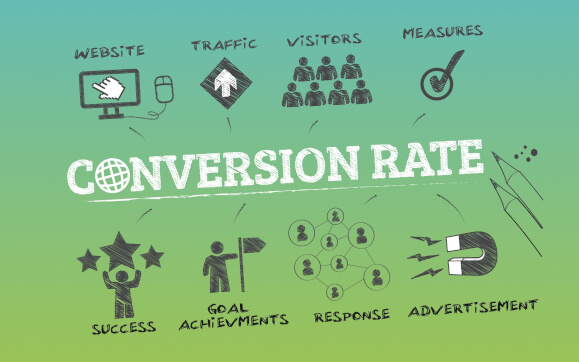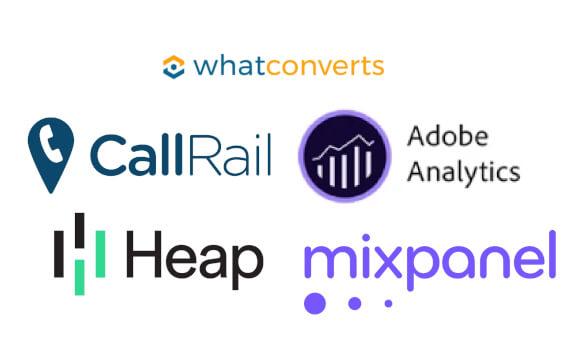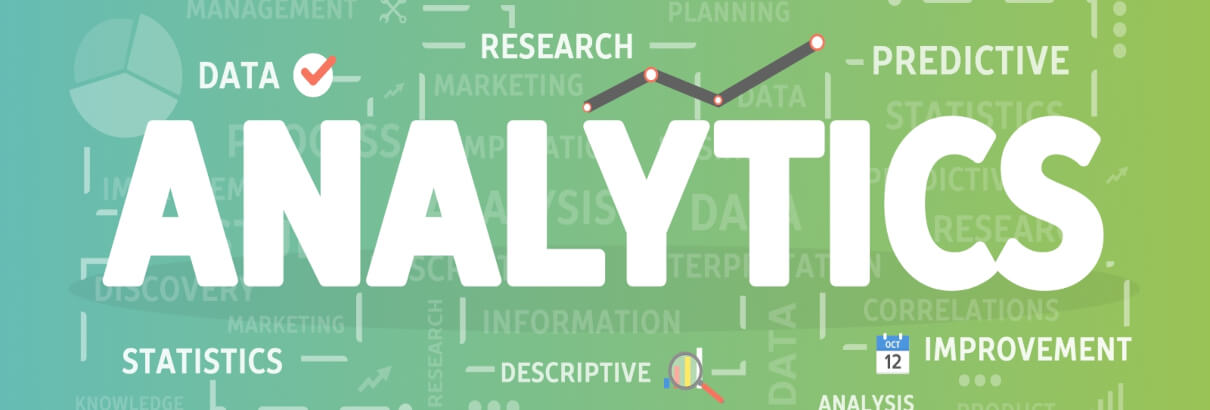In the rapidly evolving digital marketing landscape, data-driven decisions are the linchpin of success. With Google rolling out its new Google Analytics 4 (GA4), businesses are forced to transition from the traditional Universal Analytics. However, if your business is running Google Ads campaigns, it’s imperative to know that GA4 may not be your ideal analytics partner. Here’s why incorporating a more accurate third-party analytics platform is essential.
The flaw – GA4’s
attribution tracking
One of the critical elements for the success of any Google Ads campaign is attribution tracking. It tells you which touchpoints or marketing efforts are driving results. Unfortunately, GA4 falls short in this department compared to its predecessor, Universal Analytics.
While Universal Analytics provided detailed attribution data, GA4 has a clouded and less comprehensive approach. With limited visibility into which channels and campaigns are driving conversions, you’re essentially navigating your Google Ads campaigns in the dark. This can lead to inefficient allocation of ad spend and lower ROI.
Filling the gap with
third-party analytics

To ensure your Google Ads campaigns are not negatively impacted, it’s crucial to have a detailed understanding of the customer journey and the touchpoints that contribute to conversions. This is where third-party analytics platforms come in.
Why third-party
analytics?
Enhanced Attribution Models: Third-party tools typically offer more sophisticated and customizable attribution models compared to GA4, helping you understand the real impact of your Google Ads as well as other marketing and advertising efforts.
Granular Data: More detailed data means more insights. Third-party platforms provide granular data, which is often essential for optimizing campaigns.
Unbiased Reporting: Since third-party tools are not tied to Google, they provide an unbiased view of your campaigns, which is invaluable for accurate optimization.
Real-time Optimization: Some third-party tools offer real-time data analysis, which is vital for making timely adjustments to your campaigns for maximum effectiveness.
Leverage the best
of both worlds:

By integrating a third-party analytics platform alongside GA4, you can leverage the strengths of both. Use GA4 for a broad overview and then deep dive into the specifics with your third-party tool to fine-tune your Google Ads campaigns.
Some popular third-party analytics platforms that you can consider include What Converts, Adobe Analytics, CallRail, Mixpanel, and Heap.
Conclusion:
While GA4 represents the future of Google Analytics, it is not without its limitations. For businesses running Google Ads campaigns, relying solely on GA4 can be a dangerous strategy.
The lack of detailed attribution tracking can hinder your ability to make informed decisions. By incorporating an accurate third-party analytics platform, you can ensure that your ad spend is optimized, and your campaigns are driving the desired results. In the realm of digital marketing, precision is power.
Don’t let the limitations of GA4 rob you of this power.
Equip yourself with the tools that will keep your campaigns on the winning edge.
Start the conversation
with Greenbaum Stiers
Whether you’re a burgeoning startup or an established enterprise aiming to expand, Greenbaum Stiers is here to assist. Contact us today to schedule a no-obligation consultation and discover how our dedicated team can help your business flourish in a constantly evolving world.
